This is how donations to the biggest Las Vegas shooting fund will be distributed
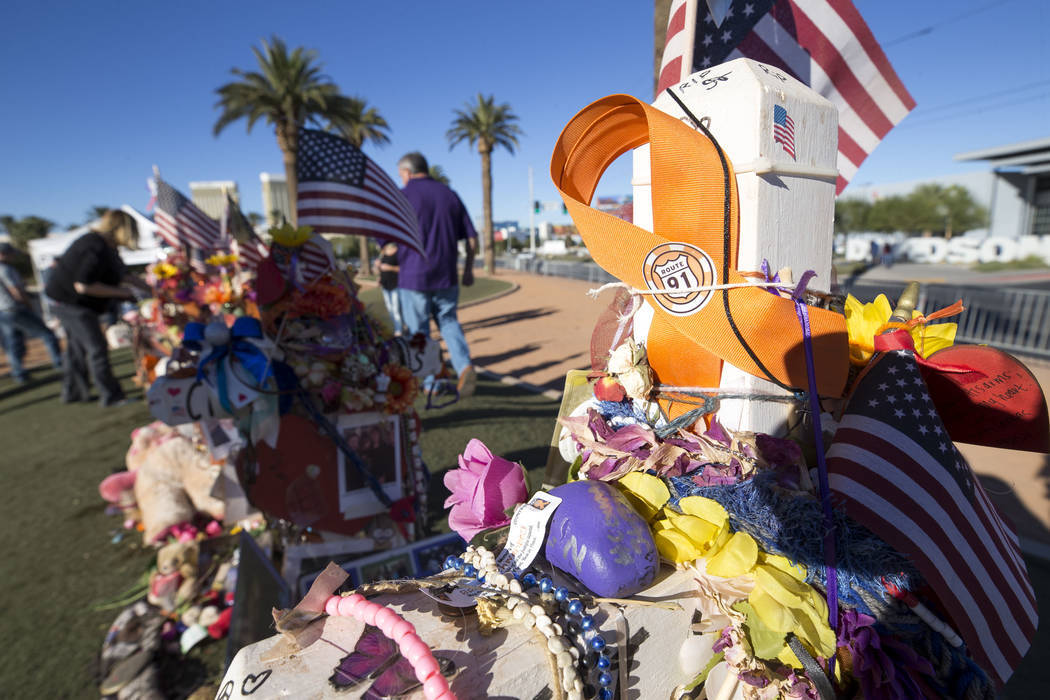

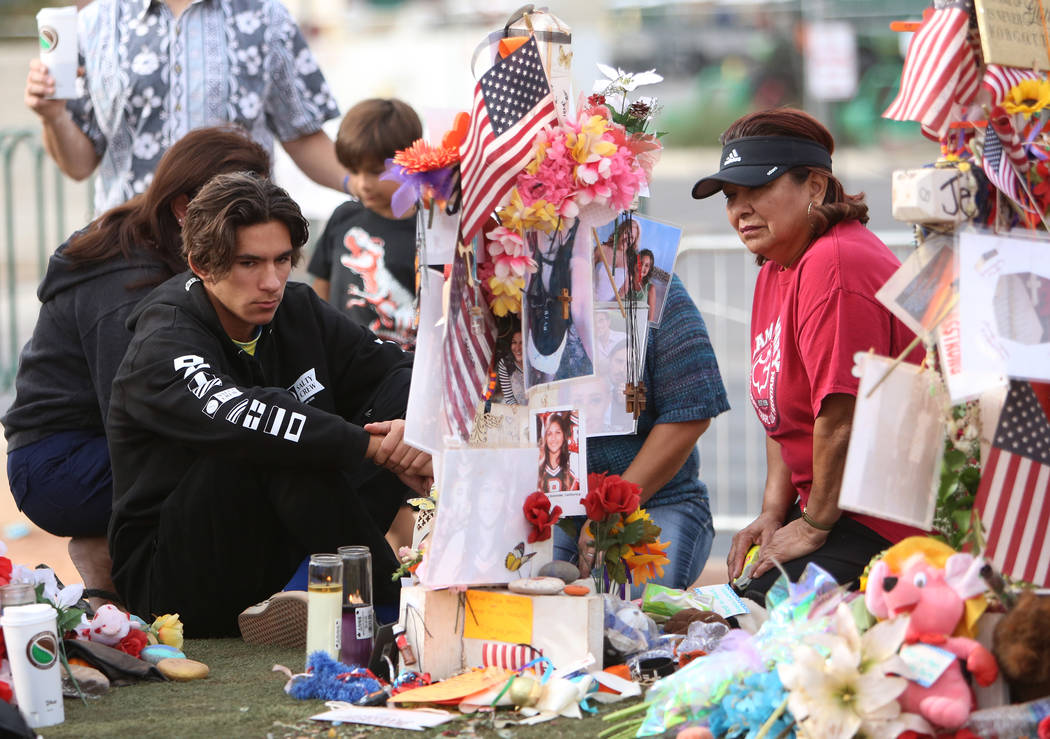
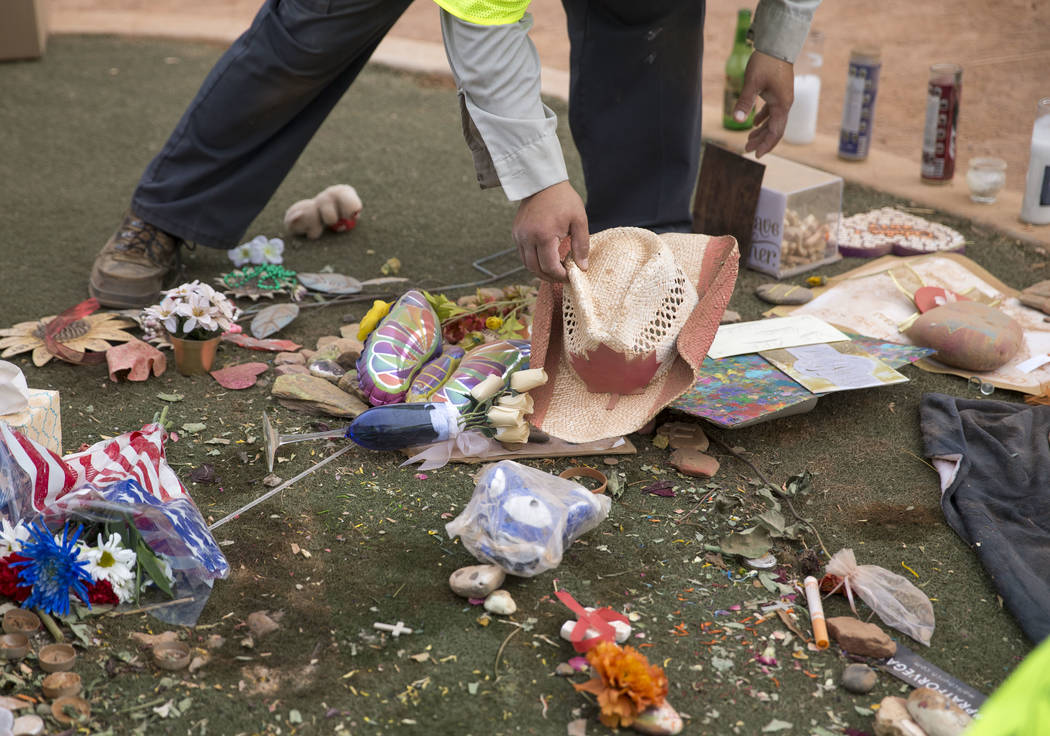
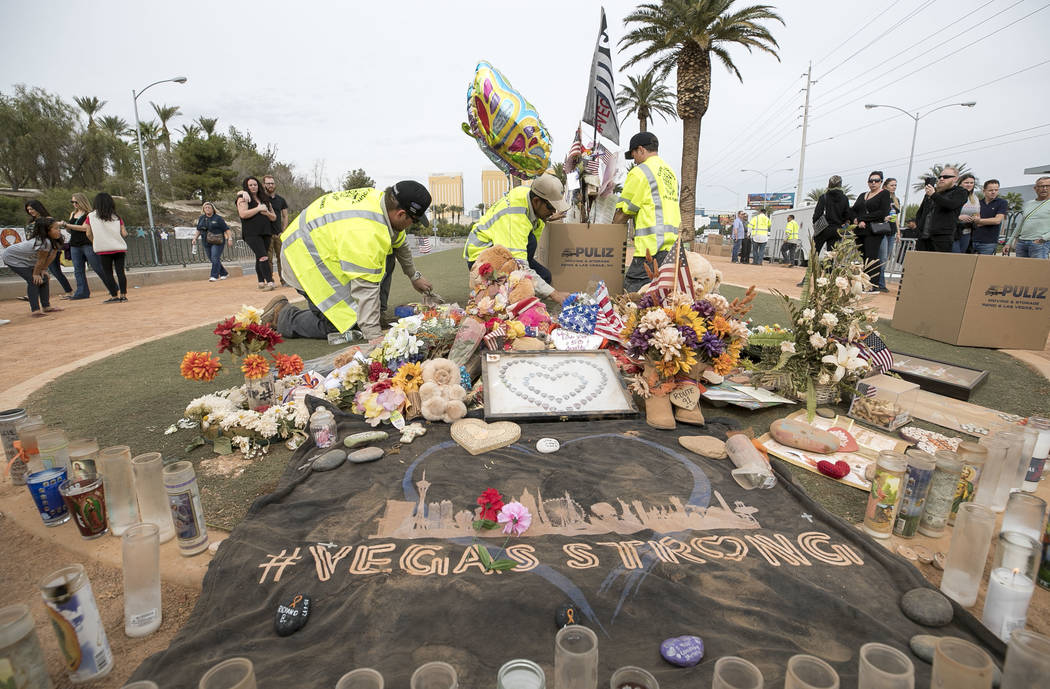
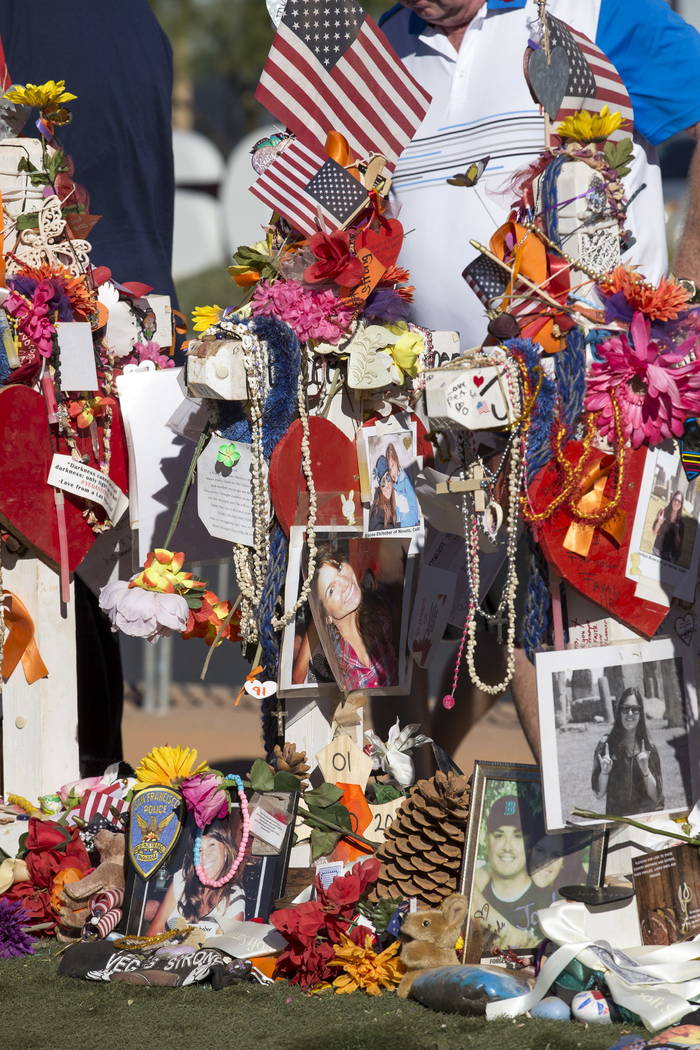
The Las Vegas Victims’ Fund now has more than $22 million in contributions and commitments, the committee chairman said Friday.
Money raised will go to people in three categories, according to a final protocol released by the committee Friday:
1. The families of those who were killed in the shooting and people who sustained permanent brain damage and/or permanent paralysis resulting in continuous home medical assistance
2. People who were physically injured as a result of the shooting and first admitted to a hospital on or before Oct. 10 for at least one night between Oct. 1 and Dec. 15
3. People who were physically injured as a result of the shooting and who were treated on an emergency or outpatient basis on or before Oct. 10.
“The committee heard the comments made by people who testified and submitted their comments online,” committee chairman Scott Nielson told the Review-Journal. “In response to that, we have expanded the protocol to include those people who were physically injured but not hospitalized.”
Also in response to feedback, Nielson said the committee extended the period of time for people who were physically injured to have seen a doctor or to go an emergency room.
The draft proposal did not include the third category, and people who were physically injured had to initially first be admitted to a hospital within 48 hours of the shooting for at least one night between Oct. 1 and Jan. 31, 2018.
Because the tragedy occurred at an event where many people were from out of state, Nielson said the committee acknowledged that people needed more time to seek treatment because many waited to seek treatment after they returned home.
Trauma
People who sustained nonphysical injuries will not be eligible for funding, due to the scope of the tragedy and the vast funding needs, Nielson said.
“The committee really struggled with the this issue of emotional trauma. We recognize that they are true victims and they are suffering. But we felt like based upon the number of people impacted by this terrible event that we couldn’t pay everyone who is suffering from emotional trauma.”
To provide assistance in other ways, the committee is working with the state, Clark County and others to engage trauma experts around the country so that those experiencing psychological trauma have access to mental health support whether they live in Las Vegas or not.
“Those efforts are just getting started, but we’re trying to coordinate resources so survivors can more readily have access to information about the care available and obtain care as inexpensively as possible,” Nielson said.
Submitting claims
The protocol outlines that only one claim should be submitted by or on behalf of each victim. Claims will only be accepted online, Nielson said, “unless there are unforeseen circumstances.”
Claimants who lack access to a computer or the internet can call the toll-free claimant assistance number at 855-484-2846 for guidance on alternative filing assistance.
A link to submit an online claim form will become available “near the end of the year” at lasvegasvictimsfund.org and at nationalcompassionfund.org. Nielson said a specific date for the claim form to become available has not been set, but claims will be accepted from Jan. 2 until 11:59 p.m. PST on Jan. 31.
For injury claims, claimants will need to sign an authorization form from their medical provider to release information to the Las Vegas Victims’ Fund committee and entities working on their behalf.
The protocol states that a claim form for a deceased victim who was married at the time of death will require the signature of the spouse or legal partner’s signature. If the deceased victim was not married at the time of death, “the personal representative legally authorized to administer the estate” will be required to sign the claim form. Also, if the deceased did not leave a will, the personal representative must prepare a proposed plan of distribution of the funds among the decedent’s legal heirs and beneficiaries. The proposed plan will be distributed to all such legal heirs and beneficiaries, each of whom must consent to the proposed distribution.
To become legally authorized to administer an estate, an individual would need to go to probate court. 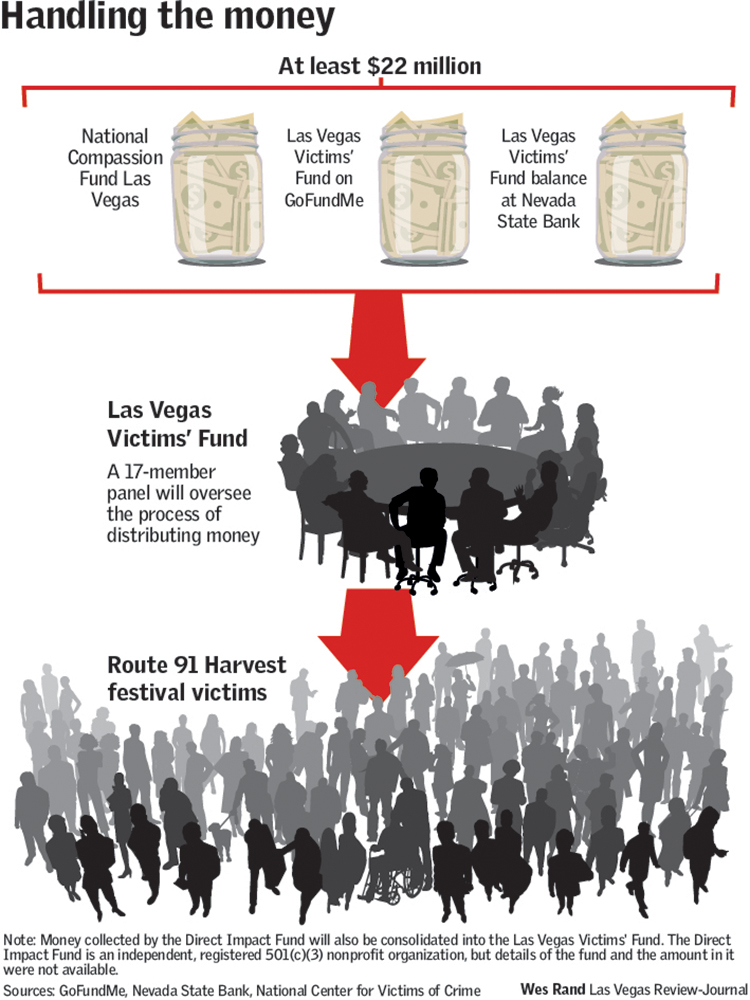
The probate process
Las Vegas-based probate lawyer Jonathan Reed, with the Reed & Mansfield law firm, previously told the Review-Journal that the first step in representing an estate is to ask the probate court to name you as executor or personal representative or administrator — whichever term the decedent’s state uses.
You probably will need to file an application, a death certificate and the original will (if there is one) with the local probate court in the county where the deceased person was living at the time of death.
If the deceased person owned real estate in more than one county in the same state, one probate will suffice.
If the personal representative is not living in the state where the probate is taking place, the out-of-state resident might need to appoint a resident of the probate state to serve with them as a co-administrator.
Additional funds
Nielson says he is encouraging anybody who is going to donate to do so by Jan. 31.
“People have been incredibly generous. The Las Vegas community has been incredibly generous. We want to thank people for contributing and remind people to please continue contributing so we can help as many people as possible.”
The amount of money raised was estimated at $17 million earlier this week. Nielson said the amount has increased significantly because commitments were confirmed, awareness has increased due to the process of adopting the protocol, and the Las Vegas Victims’ Fund obtained its 501(c)(3) status.
Nielson said the Las Vegas Victims’ Fund will continue to collect money after Jan. 31, and that if a “sufficient” amount of money is raised after the initial distribution, a supplemental distribution may be made.
“We’re definitely open to having additional distributions, but we really encourage those who can give to do so by Jan. 31,” he said.
The committee has not yet discussed what would constitute a “sufficient” amount of money, nor what would happen to the money if it was deemed to be insufficient.
Nielson said it would “definitely” go toward the benefit of victims and survivors, but that conversation has not yet taken place.
Contact Nicole Raz at nraz@reviewjournal.com or 702-380-4512. Follow @JournalistNikki on Twitter.
Validating claims
Each decedent or victim for whom a claim is submitted will be validated by the FBI as a victim of the Oct. 1 attack, the protocol states.
Additionally, no money will be disbursed to anybody listed on the U.S. Department of Treasury, Office of Foreign Assets Control, Specially Designated Nationals and Blocked Persons list.
Estimated timeline of events
— Jan. 2, 2018 – Jan. 31, 2018: Claim Forms completed and submitted to the Fund Administrators along with the required documentation.
— Jan. 31, 2018: Deadline for submission of all Claim Forms.
—Feb. 1 – February 26, 2018: All telephonic meetings requested with the Fund Administrators completed.
— March 1, 2018: All claims to be reviewed by the Fund Administrators and recommendations for payments to eligible claimants submitted to the LVVF Committee.
— March 5, 2018: Distribution of payments to approved eligible claimants begins on a rolling basis.
— April 30, 2018: Independent Audit begins (contingent upon the completion of payments and the absence of a second round of determinations and payments).












